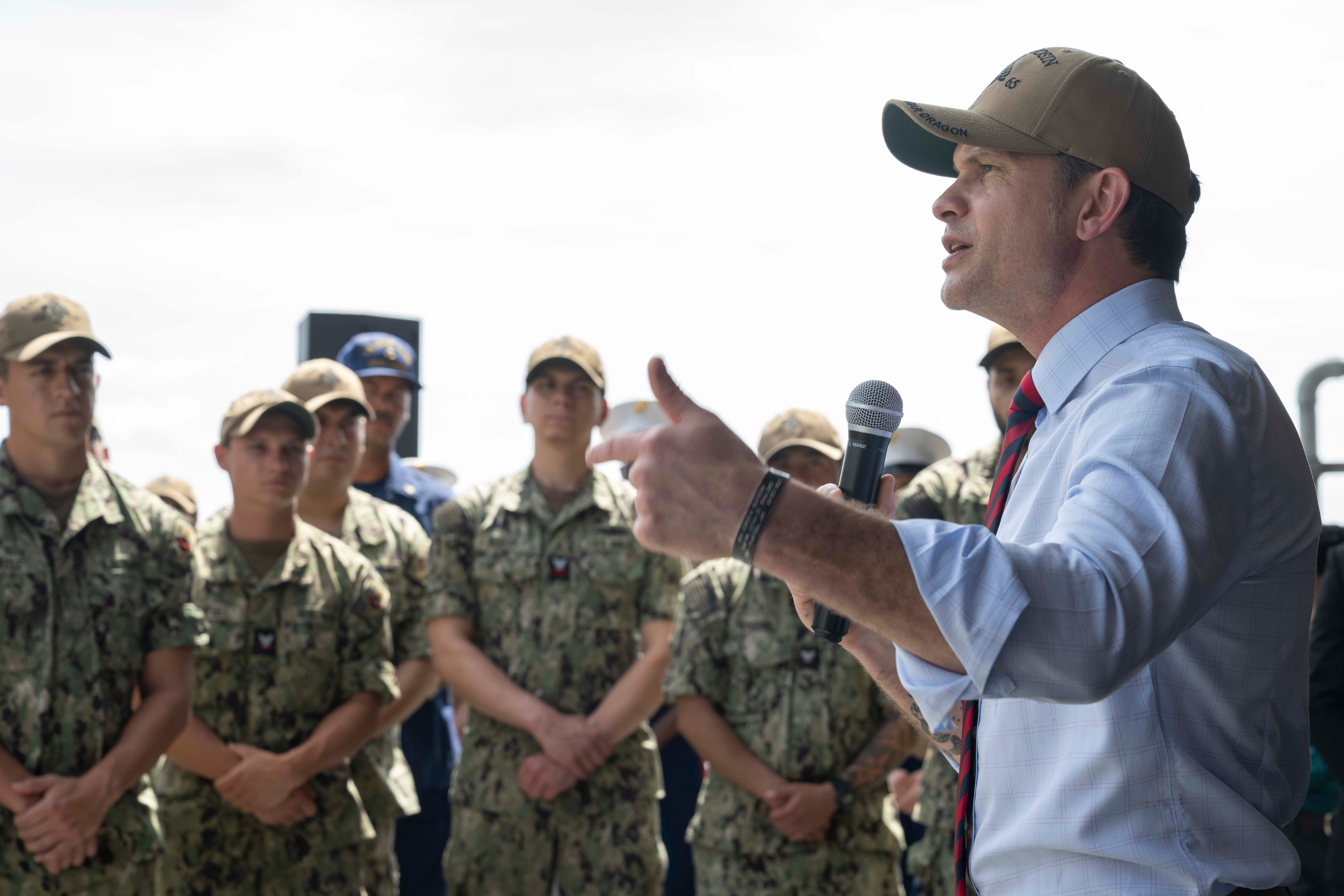Following last week’s U.S. cruise missile strike against Syria's al-Shayrat air base, the U.S. has moved to bolster force protection measures for American troops in the region.
U.S officials determined it necessary to take the extra precautions to safeguard operations in Syria, according to a report from Reuters.
A U.S. military spokesman said the U.S. commander for the campaign in Iraq and Syria, Army Lt. Gen. Stephen Townsend, has been "calling in the resources that he needs" to protect U.S. forces considering the increased tensions following the strikes.
Defense officials declined to specify exactly what protection measures were taken.
The 59 Tomahawk missiles that struck al-Shayrat incapacitated a fifth of Syria’s operational aircraft and sent a clear warning to Damascus, according to Defense Secretary James Mattis.
"The Syrian government would be ill-advised ever again to use chemical weapons," Mattis said in a statement.
The U.S. launched the strike in response to a chemical weapons attack that killed at least 87 people in the Syrian town of Khan Sheikhoun near the Turkish border on Apr. 4. The U.S. strike marked the first time the U.S. has directly targeted Syrian President Bashar al-Assad’s forces in six years of civil war.
In response to the U.S. strike, Russia’s deputy United Nations ambassador, Vladimir Safronkov, told the U.N. Security Council that Russia’s Defense Ministry had "stopped its cooperation with the Pentagon," reports The Hill.
Russia indicated that they had suspended the "deconfliction line" which allowed the U.S. and Russia to keep their military actions from colliding. The Pentagon disputed this claim, saying it is still able to communicate with Moscow, although it wouldn’t say how.
Syria, Iran, and Russia issued a joint statement condemning the strikes, reports Iran’s semi-official Fars News Agency. Russia and Iran warned the U.S. that they will respond with military force in the wake of further attacks.
"We will respond to any aggression powerfully, as Russia and Iran would never allow the U.S. to dominate the world," the statement said on Sunday.
In line with the joint statement, a group of Russian Navy ships is headed to the eastern Mediterranean, a U.S. defense official told USNI News. The ships, including two Steregushchiy-class corvettes, will join the guided missile frigate Admiral Grigorovich off the coast of Syria. The Steregushchiy-class corvettes are capable of fielding the Russian Kalibir NK long-range land attack cruise missiles, which have a range similar to that of U.S. Tomahawks. Russian forces have used the missiles against Syrian rebels in Aleppo.
The group of Russian ships and Admiral Grigorovich departed their homeports following the launch of 59 Tomahawk missiles from U.S. guided missile destroyers Ross and Porter. Ross and Porter are part of the U.S. Navy’s forward deployed destroyer force based in Rota, Spain. The ships primarily focus on regional ballistic missile defense. but they have also been utilized for presence operations.
Forward deployed U.S. ships in the Mediterranean accelerated the U.S. response to the April 4 attack, Pentagon officials said.
"These platforms provide an option for the leadership for a measured and deliberate strike. That’s their value," Capt. Paul Stader said. "[Tomahawks] are very short notice and are capable of executing within a very tight timeline."
Despite the cruise missile strikes on al-Shayrat, U.S. officials said that the primary focus remains the defeat of the Islamic State.
Mackenzie Wolf is an editorial intern for Military Times.





